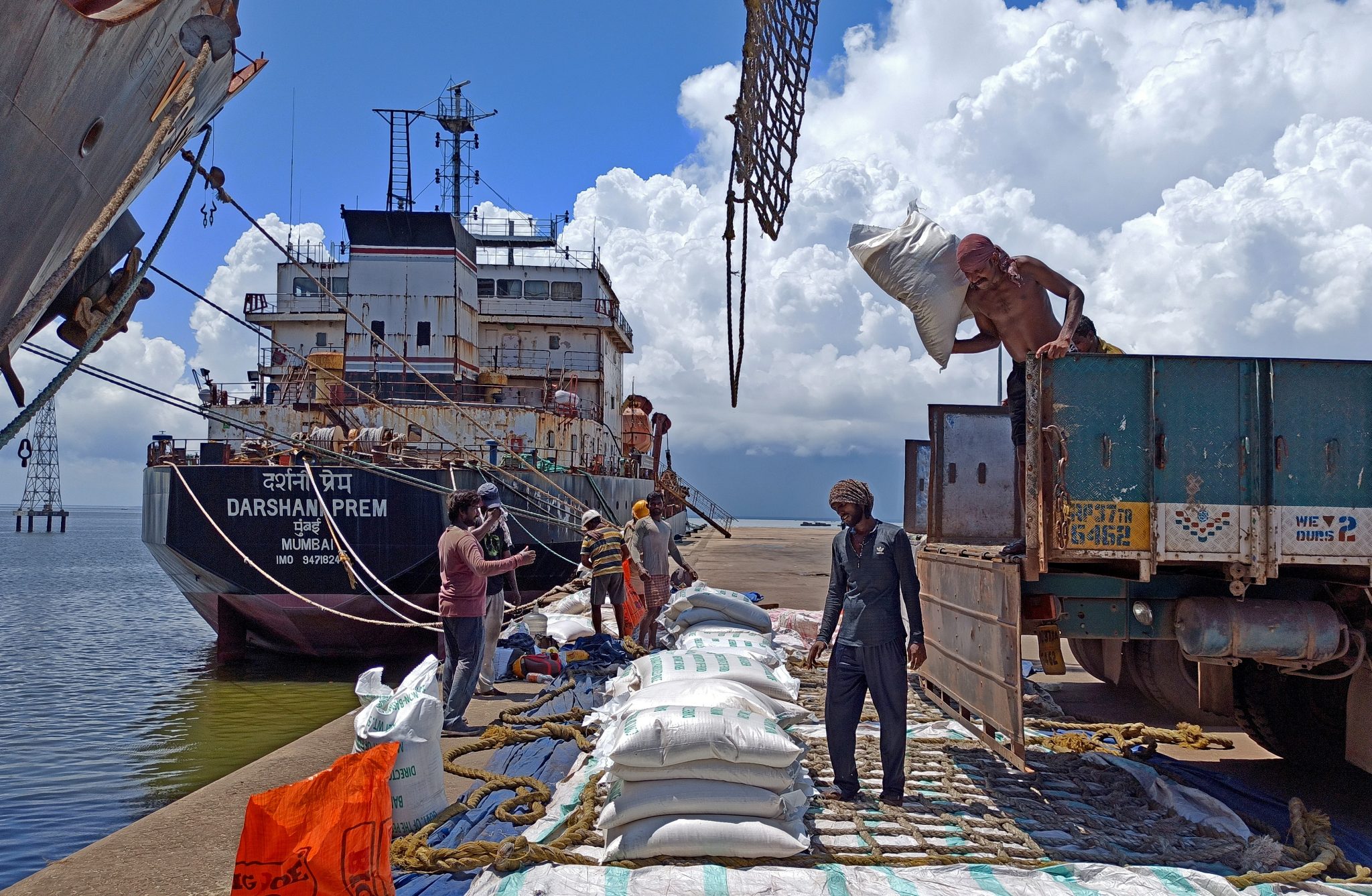Author: Amitendu Palit, NUS
The highly anticipated Economic and Trade Cooperation Agreement (ECTA) between Australia and India was signed on April 2, 2022. ECTA is an interim trade agreement that is expected to pave the way for a broader and deeper comprehensive economic cooperation agreement between the two countries. This was made possible by India’s “China-only” trade deal approach and avoiding major areas of political disagreement between the two countries.
ECTA was signed in record time. It took only six months from the start of negotiations in 2021 to close the deal. The signing marked the formalization of preferential trade rules between two countries with a long history of unsuccessful negotiations.
By elimination of tariffs over 85 percent of Australia’s exports to India and over 90 percent of India’s exports to Australia, ECTA expects to significantly expand the current two-way trade of US$24.3 billion. India should become Australia third export market by 2035 as well as one of Australia’s leading overseas investment venues.
Australia and India began negotiating a free trade agreement in 2010. Negotiations were suspended in 2015 after neither country was willing to grant market access on politically sensitive issues. India was unwilling to grant preferential access to Australian agricultural exports while Australia was reluctant to offer easier visas to Indian professionals. Given these seemingly irreconcilable differences, ECTA’s remarkably quick conclusion is a largely unexpected result.
How could ECTA be signed so quickly? The deal avoided some of the most politically contentious areas between the two countries while protecting key Indian interests and was in line with India’s moves to strike exclusive trade deals with China.
ECTA is certainly not exhaustive. ECTA focuses on tariff reductions, trade facilitation in services and investment promotion. Several major Australian exports – fruit, vegetables, seafood, meat, wine and energy – will benefit from preferential access to the Indian market. For India, the biggest gains will be easy access to visas for students and IT professionals. Trade in professional services should benefit from the mutual recognition of professional qualifications between regulatory bodies. These are politically sensitive issues for both countries.
Circumstances have changed since the two countries suspended talks in 2015. India has become decidedly defensive about free trade agreements. The biggest show of his skepticism was his withdrawal from the Regional Comprehensive Economic Partnership (RCEP) in November 2019. But his perspective on the deals changed soon after the outbreak of COVID-19 in early 2020 and his far-reaching strategic implications. India has started discussing free trade agreements with several “like-minded” partners, including Australia.
ECTA is the result of the deepening strategic proximity between India and Australia following the deterioration of their political ties with China and the urgency to strengthen cooperation between Quad members and countries. of the Indo-Pacific. It follows another important economic initiative involving the two countries, the Supply Chain Resilience Initiative (SCRI) between Japan, Australia and India, in order to reduce supply dependencies on China.
The two countries have realized the need to work together to safeguard mutual security and economic interests. This was reflected in the decision to move the relationship towards a global strategic partnership in June 2020. The signing of ECTA less than two years later reflects their political commitment to maintaining a strong and prosperous relationship.
ECTA is part of several free trade agreements that India is negotiating. A few weeks before ECTA, India signed a Comprehensive Economic Partnership Agreement (CEPA) with the United Arab Emirates. It is currently negotiating agreements with the UK, Canada, EU, Israel and the Gulf Cooperation Council.
But India’s reloaded free trade strategy is unlikely to bring it back to RCEP. Indian policymakers’ line of thinking to leave RCEP remains strong.
India’s domestic industry was not in favor of RCEP. India’s major exporters – gemstones, jewellery, leather, refined petroleum products, apparel – did not see more access to RCEP markets. This pessimism stemmed from India’s existing agreements with various RCEP members which did not provide enough opportunities for Indian exports. India’s relative lack of competitiveness across a range of manufactured goods in most RCEP markets makes RCEP a tough sell. This has raised fears over cheaper imports from RCEP countries, displacing Indian producers from domestic markets, particularly with regard to Southeast Asia and China.
India’s reluctance to share a trade deal with China also prompted it to withdraw from RCEP. Since Doklam border crisis in 2017, India’s relations with China deteriorated significantly. Poor parents aggravated economic hesitations. Relations soured following clashes at the disputed border in the Himalayas in June 2020 causing multiple casualties on both sides. The situation then stabilized, with the two countries disengaging militarily. Nevertheless, Indian politicians will not consider the possibility of India striking a trade deal that would grant Chinese products and investments preferential access to its domestic market.
These fears lead India to favor a member-specific bilateral approach to building relationships with RCEP members without joining RCEP. India has economic cooperation agreements with ASEAN, Japan, Malaysia, Singapore, South Korea and Thailand. These agreements are currently under review. After ECTA with Australia, the only RCEP members with which India does not have trade agreements are New Zealand and China. ECTA could stimulate bilateral trade negotiations with New Zealand. This would be in line with India’s policy of “only China” trade agreements.
Amitendu Palit is a Senior Research Fellow and Research Director (Business and Economics) at the Institute of South Asian Studies, National University of Singapore.

